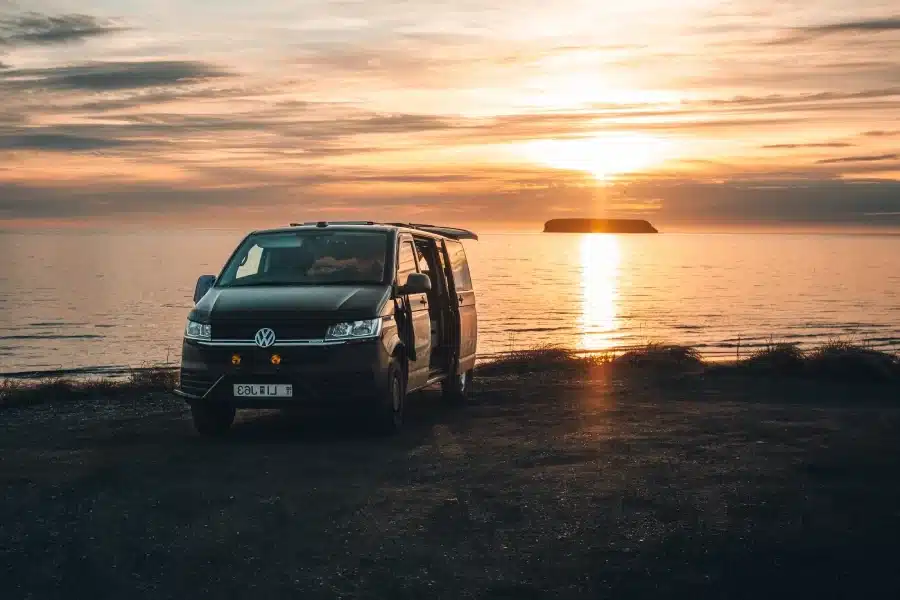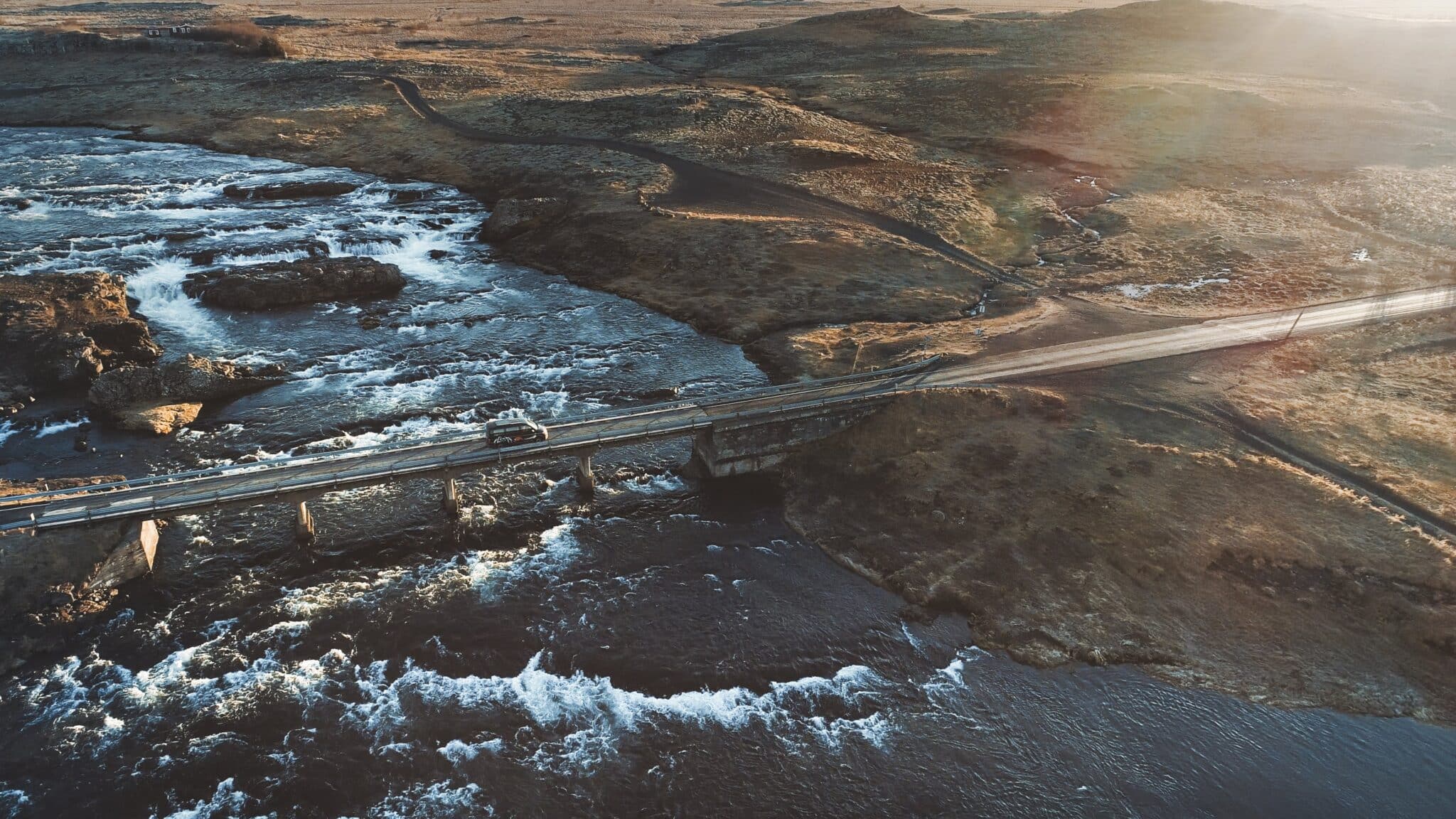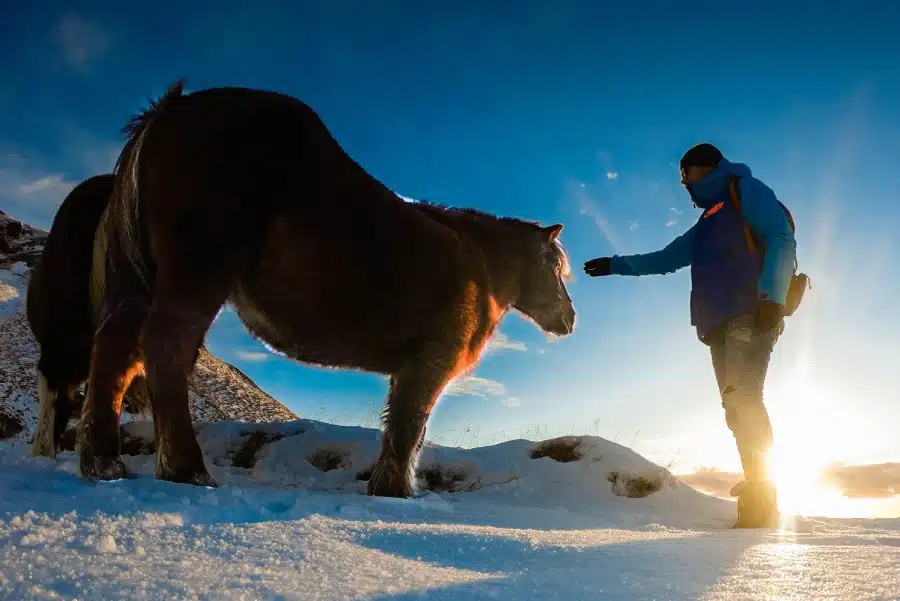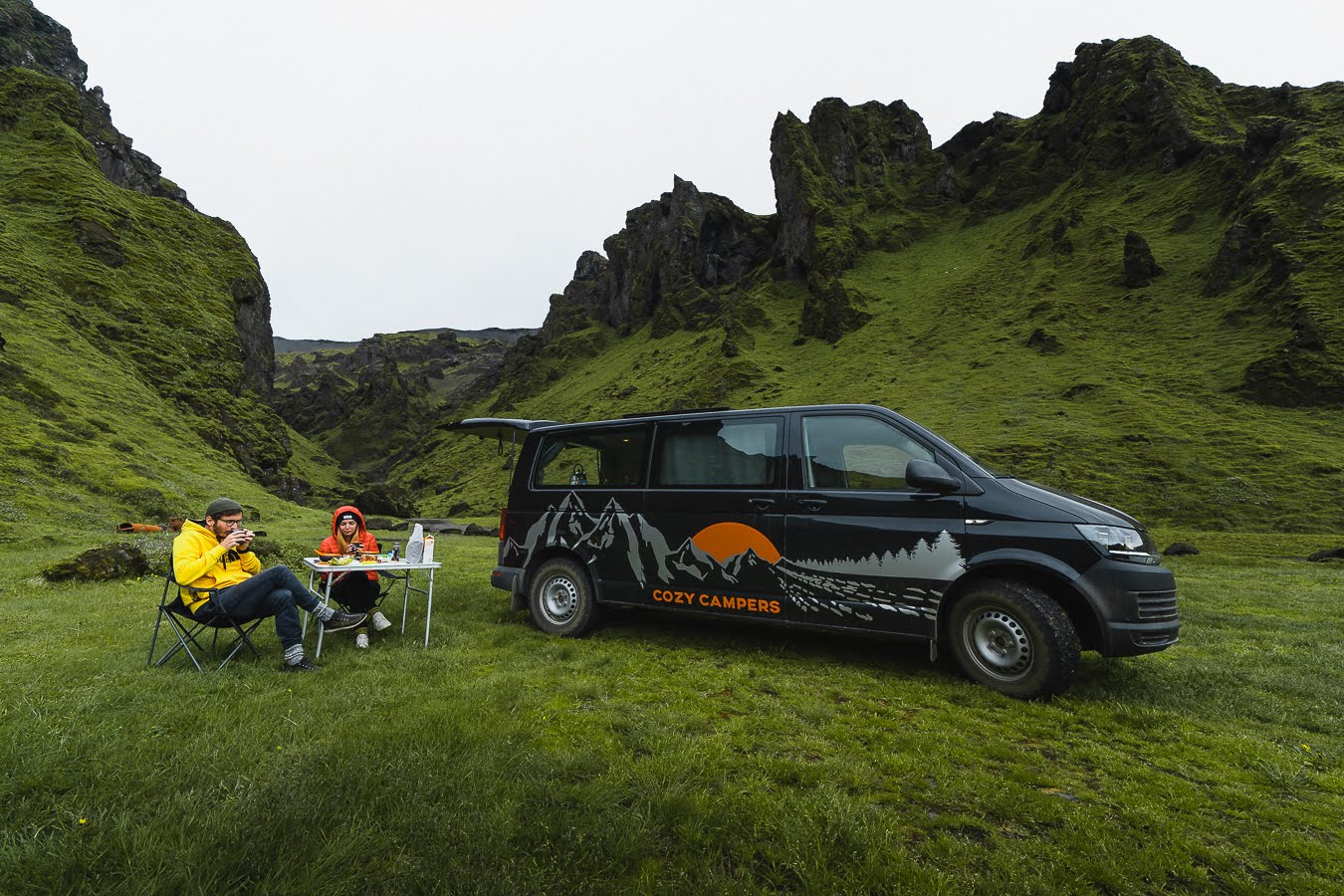
Iceland offers one-of-a-kind landscapes alongside natural wonders including glaciers, volcanoes, and of course, the Aurora Borealis. Its charming towns offer food, culture, and so much […]

Experience the Midnight Sun in Iceland, a unique natural phenomenon where the sun barely sets from mid-June to late June. Enjoy the longer days to […]

Summary: This blog outlines essential tips and logistics for driving around Iceland, focusing on the Ring Road and beyond. It emphasizes the importance of allocating more […]

TL;DR: Iceland offers a unique wildlife experience, from the Arctic fox, the only native land mammal, to majestic whales and adorable puffins. Climate and island […]

Is Iceland kid-friendly? Yes! From incredible natural beauty and unique, fun activities to a welcoming and safe culture, there are plenty of reasons to travel […]

Summary: The Best Time to Visit Iceland Iceland is one of the most photogenic countries on the planet. It boasts majestic fjords, verdant valleys, and, of […]

Iceland has in a way made volcanoes accessible if you think about seeing an erupting volcano and its red-hot lava coursing through it right before your eyes, immortalized by videos and pictures. Get to know more about Iceland as a top destination for volcano lovers and explorers.

Ever feel like you need a bit of freedom in your life, maybe an adventure to shake things up in a good way? A place […]